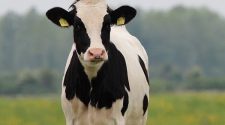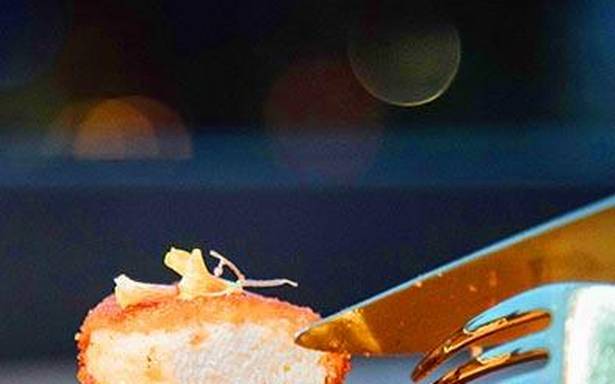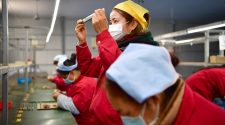The Netherlands physician Mark Post showcased the cooking of a hamburger using beef “grown” in his laboratory in London in 2013. An exponential increase in efforts to produce lab-grown meat followed, with some 60 companies currently engaged in it.
From the fictitious restaurant Bistro In Vitro, established in May 2015 by the Dutch artist and philosopher Koert Mensvoort, that offers slaughter-free rare meat delicacies including those from extinct animals and human celebrities, we now have The Chicken, a restaurant in the Tel Aviv suburb of Ness Ziona, which is bracing to serve “Hero chicken burgers” prepared from meat grown in a bioreactor, visible to customers through a glass partition.
In the first week of December, Singapore became the first country to permit the sale of lab-grown meat by allowing the San Francisco-based company Eat Just to serve nuggets prepared from chicken meat grown in reactors. The company started serving the lab-grown meat on December 19 in the restaurant 1800. Lab-grown meat, also called in vitro meat and clean meat, is produced by “cellular agriculture” in bioreactors, starting from a small number of specialised stem cells collected using painless biopsy from animals.
For centuries, philosophers and preachers attempted to convert people to animal lovers, but slaughter of wild and domestic animals continued. Technology, more than empathy, has, however, come to the rescue of animals.
During the early 19th century, whale oil was the principal source of lighting around the world. Bedford, Massachusetts was recognised as the “city that lights the world”, because of its innumerable fleets that slaughtered thousands of whales in the high seas.
Animal lovers raised big concerns about the ruthlessness of the whalers. But it was the commercialisation of kerosene by the Canadian geologist Abraham Gesner in 1854 that saved the whales from extinction.
Saving horses
Similarly, technology saved the horses that were widely used for transport in the U.S. up to the late 19th century. The number of horses in New York City was so large that it was feared in the 1880s that the city would be buried under their dung and urine and would cease to exist in 100 years. Abuse of the equines led Henry Bergh to campaign for several measures for their protection, and the American Society for the Prevention of Cruelty to Animals was established in 1866. However, it was Henry Ford’s automobile, not Bergh’s society, that saved the horses.
If lab meat crosses production hurdles and becomes acceptable as an alternative to animal meat, the world will surely be transformed into a more animal-friendly planet.



















